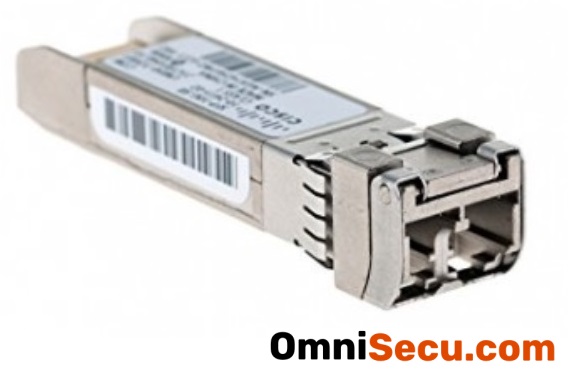Fiber optic transceivers
The term transceiver is used to indicate a device that can act as both a transmitter and a receiver. A fiber optic transceiver is a device that transmits and receives data using fiber optic cables. Fiber optic cables can transfer data using pulses of light that are sent and received by transceivers on both sides of the fiber optic cable. A fiber optic transceiver has transmitter on one side and a receiver on the other side. Transmitter and receiver are present in a fiber optic transceiver module. Transmitter and receiver can transmit and receive data simultaneously. Fiber optic transceivers can transmit and receive signals using single mode fiber (SMF) and multimode fiber (MMF) based optical fiber cables.
Fiber optic transceiver can read data signals from electrical circuits and then convert those signals to optical (light) signals and transfer to other end via fiber optic cables. The light signals are received at the other end of the fiber by Fiber optic transceiver at the other end of the fiber optic and then converted to electrical signals.
Small Form-factor Pluggable (SFP) is a hot-pluggable transceiver that fits in the SFP port of a network switch. Small Form-factor Pluggable (SFP) supports speeds up to 4.25 Gbps. Different types of Small Form-factor Pluggable (SFP) modules are used to connect different fiber types (multi mode fiber cable or single mode fiber cable).
SFP+ is the new version of SFP. SFP+ supports bandwidth speeds up to 16 Gbps. SFP+ is the most popular 10 Gigabit Ethernet transceiver.
Following image shows Cisco 10 Gbps SFP+ transceiver module.
